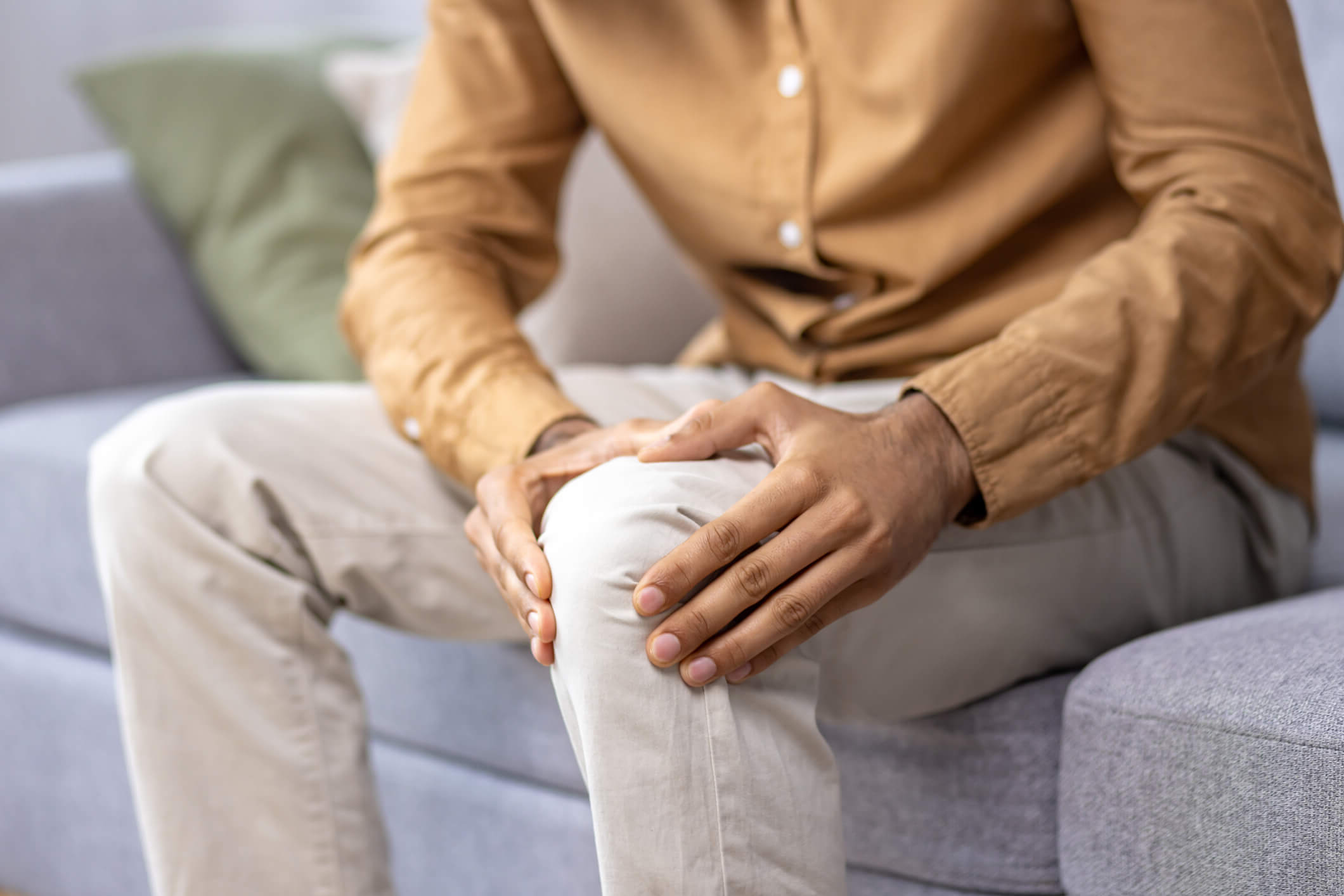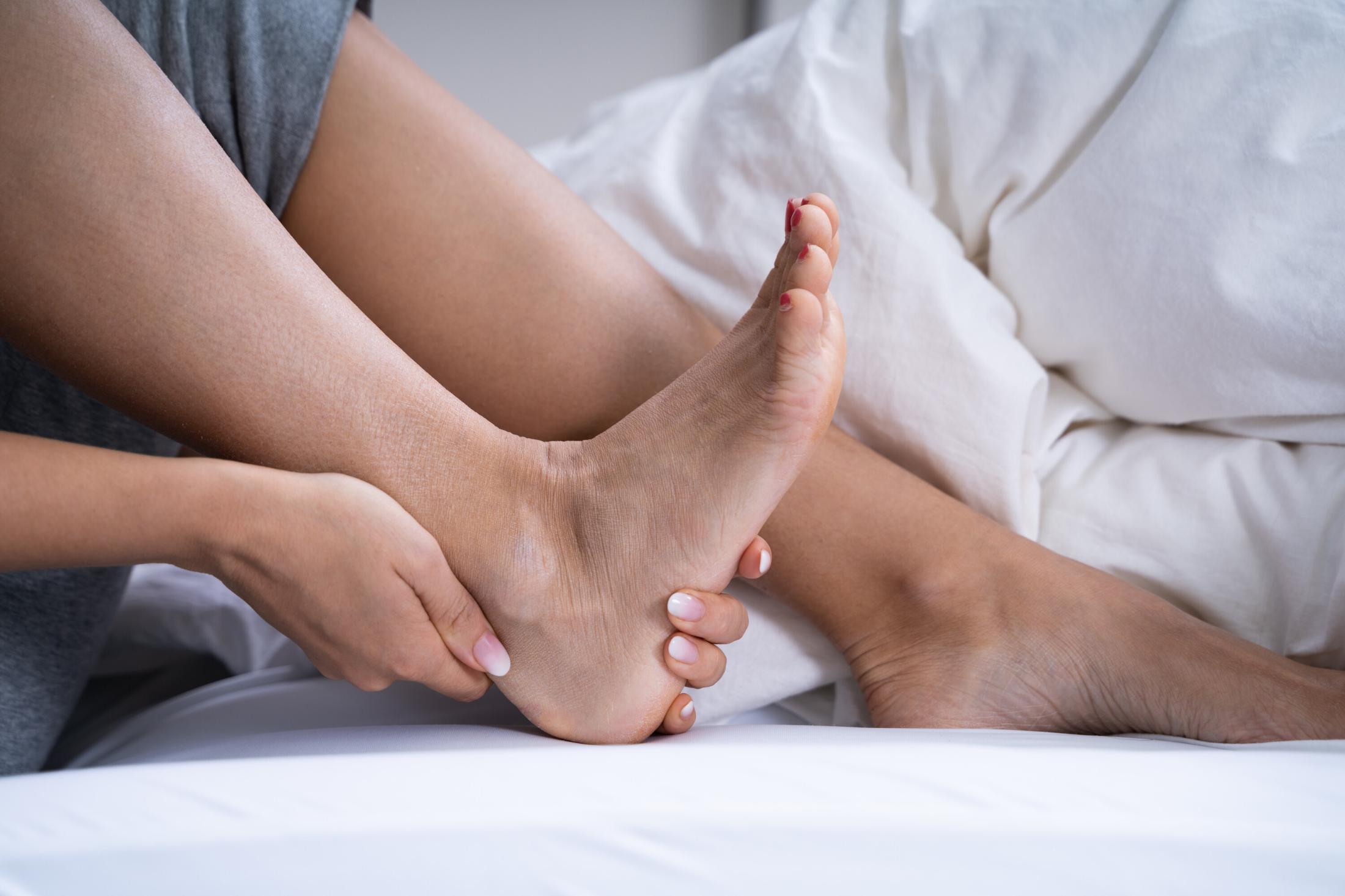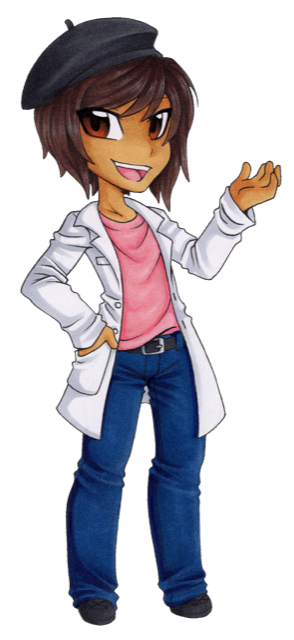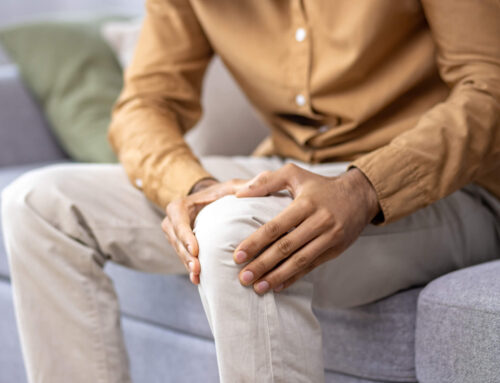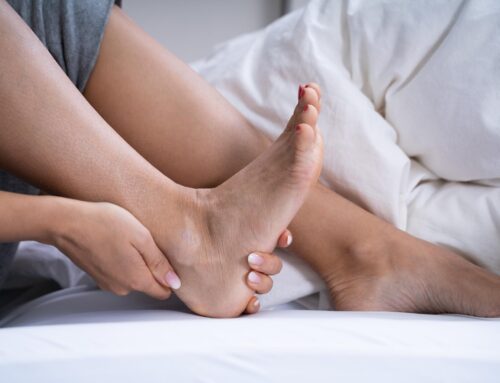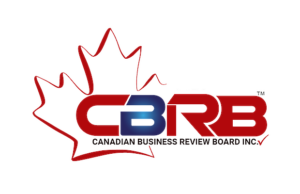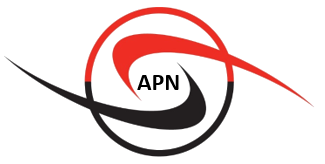Most of us don’t think about elbows until they complain. Maybe it’s that sharp jab as you lift a bag, or a slow, nagging ache after a long day at the keyboard. When elbow pain starts to gate-keep everyday routines, it’s easy to feel lost in a maze of straps, sleeves, and braces.
You don’t need a medical degree to choose a sensible starting point. A few simple signposts help: where it hurts, what sets it off, and which moments you want to protect, work hours, sport, or rest.
That little checklist already narrows the field and keeps the focus on comfort you can live with.
What Your Elbow Pain Location Might Be Telling You
Think about where it hurts and when it speaks up. Pain on the outside of the elbow often points to the tendons that power gripping and wrist extension, what people call “tennis elbow.” Inside pain tends to be its cousin, “golfer’s elbow,” busy during wrist flexion or a strong twist to open a jar.
A general, achy stiffness that settles in after repetitive tasks can be less about sport and more about everyday overuse or arthritis. And sometimes the elbow sends a totally different message: a puffy “golf ball” at the tip (bursitis), or tingling in the ring and pinky fingers that worsens with a bent elbow (nerve irritation).
Outside Elbow Pain (Tennis Elbow / Lateral Epicondylitis)
How it shows up: A sharp or burning spot on the outer elbow that complains during gripping, typing marathons, or a backhand swing.
Clues: Press just below the outer bony bump; tenderness there plus pain with resisted wrist extension points to tendon overload. Jars, kettlebells, and long mouse sessions often light it up.
The wrist extensor tendons are irritated where they anchor near the elbow. Symptoms usually build gradually and feel worse with load, better with rest.
Inside Elbow Pain (Golfer’s Elbow / Medial Epicondylitis)
How it shows up: Soreness along the inner elbow, especially during lifting with the palm up, turning a key, or wringing a cloth.
Clues: Tenderness just below the inner bony bump, plus pain with resisted wrist flexion or forearm rotation.
The wrist flexor tendons are doing too much, too soon, or too often. Gripping and twisting are common culprits.
General Ache or Stiffness (Overuse / Osteoarthritis)
How it shows up: A dull, background ache that eases once you warm up, then returns after repetitive tasks or late in the day.
Clues: Stiff first thing in the morning or after sitting still; occasional mild swelling; no single “hot spot,” just a joint that feels cranky.
The joint and surrounding tissues are irritated by repetition or age-related changes. Comfort, warmth, and gentle motion usually help more than aggressive restriction.
Swollen Tip of the Elbow (Olecranon Bursitis)
How it shows up: A soft, puffy “golf ball” at the very tip of the elbow that’s tender when you lean on a desk or tabletop.
Clues: Swelling is localized to the point of the elbow; pressing directly on it feels sore.
The bursa, a small fluid sac, has become inflamed. It dislikes direct pressure. Red flags: heat, redness, fever, or rapid swelling calls for a clinical check.
Tingling or Numbness (Cubital Tunnel / Ulnar Nerve Irritation)
How it shows up: Pins-and-needles in the ring and pinky fingers, worse after holding the elbow bent, sleep, reading, long calls.
Clues: Symptoms settle when you straighten the elbow; gripping strength may feel off during a flare.
The ulnar nerve is irritated where it passes the inner elbow. Earlier attention leads to calmer symptoms; persistent numbness or weakness deserves assessment.
If Your Elbow Pain Symptoms Doesn’t Fit
Tendon soreness can coexist with a bit of joint ache, and nerve symptoms can overlap with muscle fatigue. Gradual, load-related aches behave differently than sudden pain after a “pop” or impact. Sudden, severe elbow pain or visible deformity is a reason to get checked instead of guessing.
Types of Supports for Elbow Pain
For outside or inside tendon pain, many people like a small counterforce strap. It sits a few centimeters below the sore spot on the forearm and gently shares the load so the irritated tendon doesn’t take every bit of strain. The appeal is in its simplicity. you can slip it on for the activities that wake up your elbow pain (lifting, racquet sports, even carrying groceries) and tuck it away once you’re done. If you want something you can wear a bit longer, a slim sleeve with a small tendon pad can offer that all-day “quieting” effect without the bulk of a bigger brace.
If your elbow feels stiff and achy rather than sharply tender, a knit compression sleeve is the low-drama option that often helps most. It won’t lock your elbow in place; instead, it adds a touch of warmth and gentle compression that can soften that background ache and keep swelling in check.
On days where certain movements feel wobbly or sharply painful, a hinged brace earns its keep. The hinge doesn’t immobilize you; it simply reins in the ranges that aggravate things so you can get through a task with less protest.
Counterforce Strap (for tendon overload)
- What it’s for: Outside or inside elbow tendon pain that spikes with gripping, lifting, or racquet swings.
- How it helps: Adds gentle pressure a few centimeters below the sore spot so the irritated tendon doesn’t take the full load.
- When to wear: During the task that irritates your elbow; take it off after.
- Fit cues: Snug, not clamped. You should slide a finger under the band; position just below the tender area (outer forearm for tennis elbow, inner for golfer’s).
- Pair with: Brief warm-ups, lighter grips, and breaks during repetitive work.
- Avoid: Direct pressure over a swollen bursa; overtightening that causes tingling or colour change.
- Common mistake: Wearing it all day, which can get annoying and isn’t usually needed.
Tendon-Pad Sleeve (targeted yet wearable)
- What it’s for: Tendon pain that needs a touch of targeted pressure but with all-day comfort.
- How it helps: Combines light compression with a small pad placed over the irritated tendon to “quiet” symptoms through daily activity.
- When to wear: Extended desk time, errands, or lighter training days.
- Fit cues: The pad should sit over the tender line without pinching at the elbow crease.
- Pair with: Activity pacing and a counterforce strap for short, heavier tasks if needed.
- Avoid: Heat-trapping fabrics if you run warm, choose breathable knit.
Compression Sleeve (for ache, stiffness, mild swelling)
- What it’s for: General joint ache, morning stiffness, or low-grade swelling after repetitive tasks.
- How it helps: Even compression and gentle warmth reduce background irritation without locking the joint.
- When to wear: Longer stretches during the day; easy to forget once it’s on.
- Fit cues: Snug is right. No pins-and-needles, no slipping. Smooth out wrinkles at the crease.
- Pair with: Short movement breaks, gentle forearm mobility, and cooler fabrics in hot environments.
- Avoid: Very tight sizes “for extra support”, too tight backfires.
- Common mistake: Expecting sleeve-only support to control sharp, load-specific elbow pain; add a strap or hinge on heavy days.
Hinged Brace (for sharp, movement-specific pain or instability)
- What it’s for: Sprains, “wobbly” feeling, or precise motions that spark a sharp jab.
- How it helps: Limits painful ranges while allowing safer motion, useful for lifting, DIY, or sport drills.
- When to wear: Tasks that predictably trigger symptoms, then swap back to a sleeve for recovery.
- Fit cues: The hinge should line up with your elbow’s bend. Test a few bends and reaches, no digging, no sliding.
- Pair with: Planned rest blocks and gradual return to heavier loads.
- Avoid: Using as an all-day crutch without rechecking fit or activity load.
- Common mistake: Over-restricting motion; a well-set hinge supports, it doesn’t immobilize.
Night Splint / Positioning Aid (for nerve-type symptoms)
- What it’s for: Tingling or numbness in ring/pinky fingers, worse during sleep or long phone use with a bent elbow.
- How it helps: Keeps the elbow a little straighter so the ulnar nerve has room, often calming night symptoms.
- When to wear: At night and during long seated sessions that encourage deep elbow flexion.
- Fit cues: Comfortable, gentle hold, not a rigid cast. You should sleep through the night without pressure points.
- Pair with: Daytime awareness, avoid long periods with the elbow tightly bent.
- Avoid: Ignoring persistent weakness or constant numbness, time to get assessed.
If You’re Torn Between Two Options
Start with what matches your main pattern: strap for activity-triggered tendon pain, sleeve for diffuse ache, hinge for sharp, load-specific pain, night splint for nerve signs. It’s fine to mix: strap during the task, sleeve the rest of the day. Comfort is part of the therapy. If it pinches or slips, adjust sizing or style.
Bursitis Isn’t a Strap Problem
A swollen tip of the elbow, classic bursitis, asks for a different approach. The puffy area doesn’t like pressure. Light compression across the joint is fine, but this is not the moment for a rigid strap pressing directly over the swelling. If the area gets red, hot, or dramatically more swollen, that’s a medical check-in, not a bracing problem to solve at home.
The fluid-filled bursa at the point of the elbow gets irritated by direct pressure and repeated leaning on hard surfaces, and it can also flare after a bump. Rigid straps or tight bands placed over the swelling tend to aggravate it, so skip those.
Light, even compression around the joint (not directly on the “golf ball”) can help ease puffiness, and many people find short icing sessions and avoiding prolonged elbow-bending or desk-leaning settle things faster.
Pad the area during daily tasks with a soft towel or sleeve that spreads pressure broadly, and keep the skin clear of friction. If swelling grows quickly, the area turns warm or red, pain ramps up, or you feel unwell, treat that as a reason to get checked, those signs can indicate infection or a more acute issue that bracing won’t solve
When Tingling Points to the Nerve
Pins-and-needles in the ring and pinky fingers often trace back to the ulnar nerve as it passes the inside of the elbow (cubital tunnel). That space narrows when the elbow stays deeply bent, which is why symptoms flare during sleep, long phone calls, or reading with the arm tucked.
Night positioning helps: aim for a gentle, slightly straighter elbow using a comfortable splint or a simple setup like a folded towel and soft wrap so you don’t curl up unconsciously. By day, reduce pressure on the inner elbow by avoiding hard desk edges and armrests that dig into the area; a padded sleeve or forearm support can spread contact over a wider surface.
Keep calls hands-free, take brief “straighten and relax” breaks, and try not to park the elbow in one position for long stretches. If tingling becomes constant, grip weakens, fine-motor tasks feel clumsy, or you notice visible muscle thinning in the hand, book an assessment, nerves settle best with early attention and a clear plan.
Match the Support for Elbow Pain
There’s also the rhythm of your day to consider. Desk and computer work often pair well with a thin sleeve, light, breathable, easy to forget once it’s on.
If your elbow pain only flares up during specific tasks, backhand at tennis, kettlebell swings, lifting boxes, keep a strap handy and use it just for those windows. For gardening, DIY, or heavier chores, a hinged brace can add the bit of confidence you need to get it done without a flare-up, while the sleeve waits for recovery time later.
Desk and Computer Work
On screen-heavy days, a thin compression sleeve usually earns its place. The gentle, even pressure can take the edge off background ache without drawing attention to itself, and breathable knit fabrics make it easy to keep on through emails and meetings.
If the elbow tends to complain after long stretches at the keyboard, pair the sleeve with small habits: soften your grip on the mouse, rest forearms on a smooth surface instead of the point of the elbow, and straighten the arm for a few slow reaches each hour. The aim isn’t to immobilize the joint, but to give it a calmer baseline while you work.
Sport and Training Sessions
If elbow pain shows up during specific efforts, backhand drives, pull-ups, kettlebell swings, a counterforce strap can be a useful, short-window tool. It sits a little below the sore spot on the forearm and helps share load during the high-demand part of your routine.
Slip it on for the set, then take it off when you’re done so the skin can breathe and the tissues aren’t compressed longer than needed. On days with lighter drills or recovery practice, many people switch to a slim sleeve with a tendon pad for a quieter feel that lasts beyond the workout without bulk.
Gardening, DIY, and Heavier Chores
For jobs that involve lifting, twisting, or awkward reaches, a hinged brace can add just enough control to keep sharp spikes at bay. The hinge narrows the ranges that tend to provoke symptoms while still allowing you to move naturally, which makes it easier to finish the task without a flare.
Take a moment to line the hinge with the elbow’s bend and check a few motions, reach, lift, lower, to be sure nothing digs or slips. After the heavier work is done, trade the hinge for a soft sleeve during cleanup or later in the day so the joint gets gentle support while it settles.
When to Get Checked
There are times to ask for help. If elbow pain arrives with a sudden pop, if the joint looks visibly off, if swelling is hot and red, or if numbness and weakness hang around, skip the home tweaks and get checked. And if you’ve tried a reasonable support for a couple of weeks without real progress, a clinician can help you adjust the plan or point you to something better suited to your pattern of pain.
A quick FYI: braces and sleeves don’t “fix” elbows on their own. What they do well is reduce the stress that keeps a sore tendon, joint, or nerve irritated, so the rest of your routine, good sleep, steady movement, a saner pace for repetitive tasks, can do its repair work.
The win you’re looking for is often simple: fewer sharp protests during the day, less background ache by evening, and a steadier path back to what you enjoy.
Choosing What Helps
By now you probably recognize your pattern. If the outside of your elbow grumbles when you grip, a strap or a slim sleeve with a tendon pad is a sensible place to start. If the joint just feels achy and stiff but loosens as you move, a breathable sleeve often takes the edge off. If certain motions set off a sharp jab or things feel a bit wobbly, a hinged brace can keep those ranges in check when you need it. A puffy spot at the tip calls for less pressure, not more, think light, even compression. Night-time tingling in the ring and pinky fingers? A gentle night splint and a little daytime awareness usually calm things down.
Most of all, keep it human. If a support irritates you, you won’t use it. If it slides around, it isn’t doing its job. If it pinches, the fit or style needs a rethink. Comfort isn’t a bonus, it’s part of what helps you heal.
Share This Story, Choose Your Platform!
Table of Contents
We specialize in orthotics, body braces, and compression wear tailored to your unique needs in Toronto. Reach out to us at info@caremed.care or call 416-782-5353 to book your fitting and consultation.
Experience the difference of customized solutions designed just for you.


